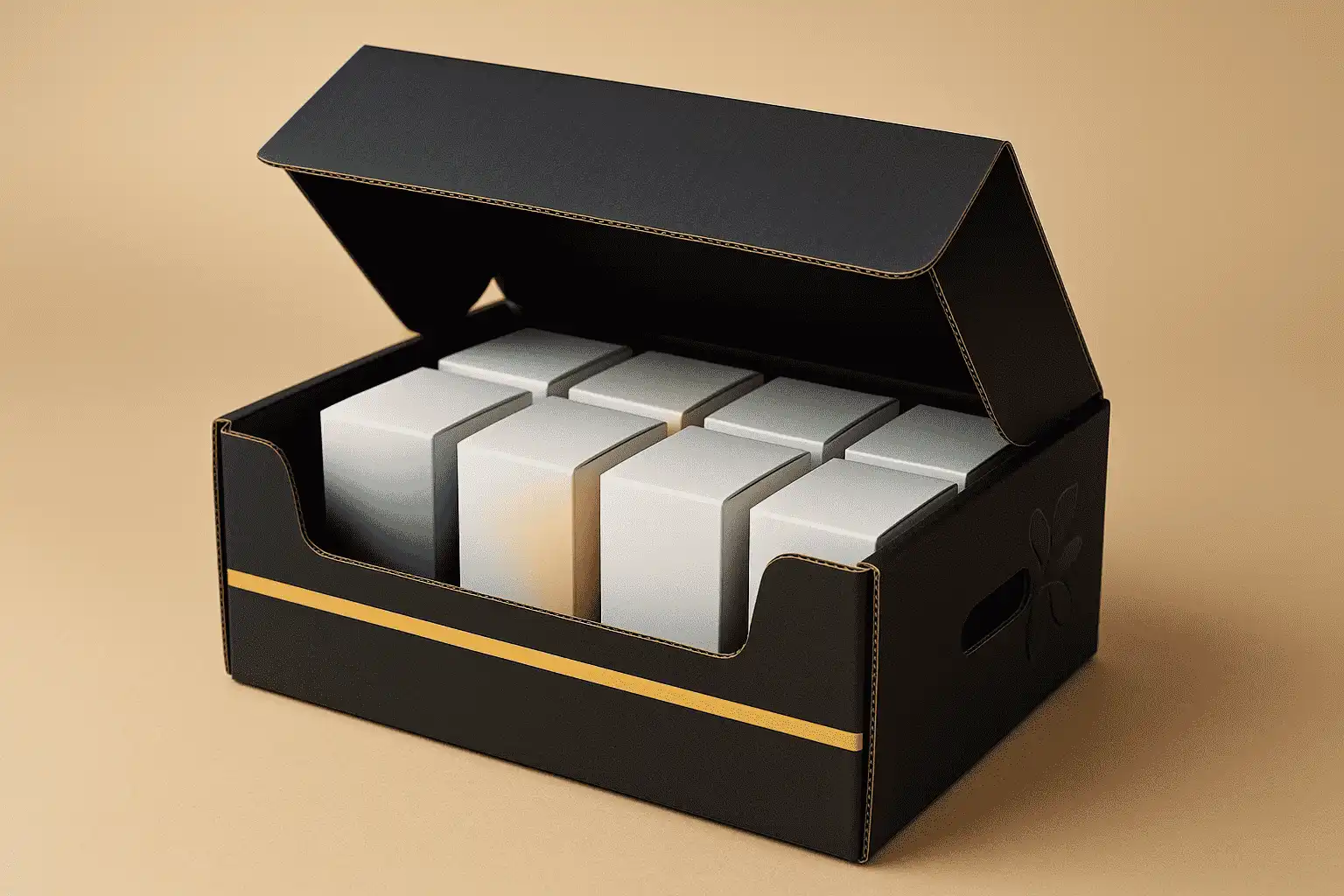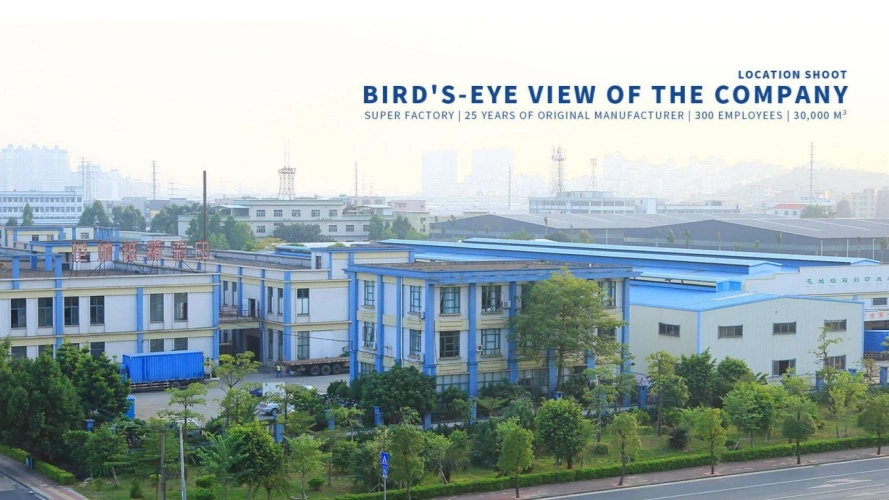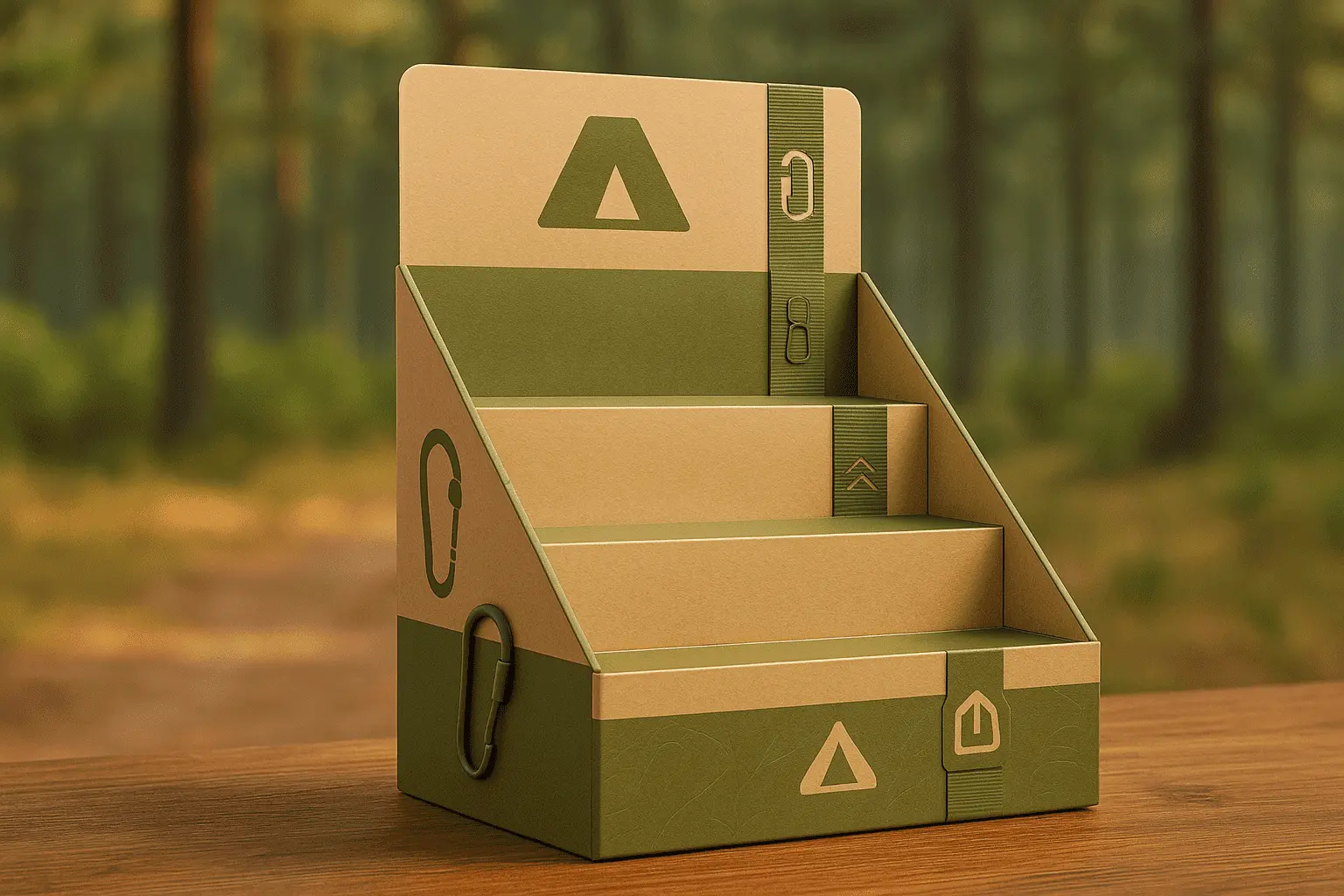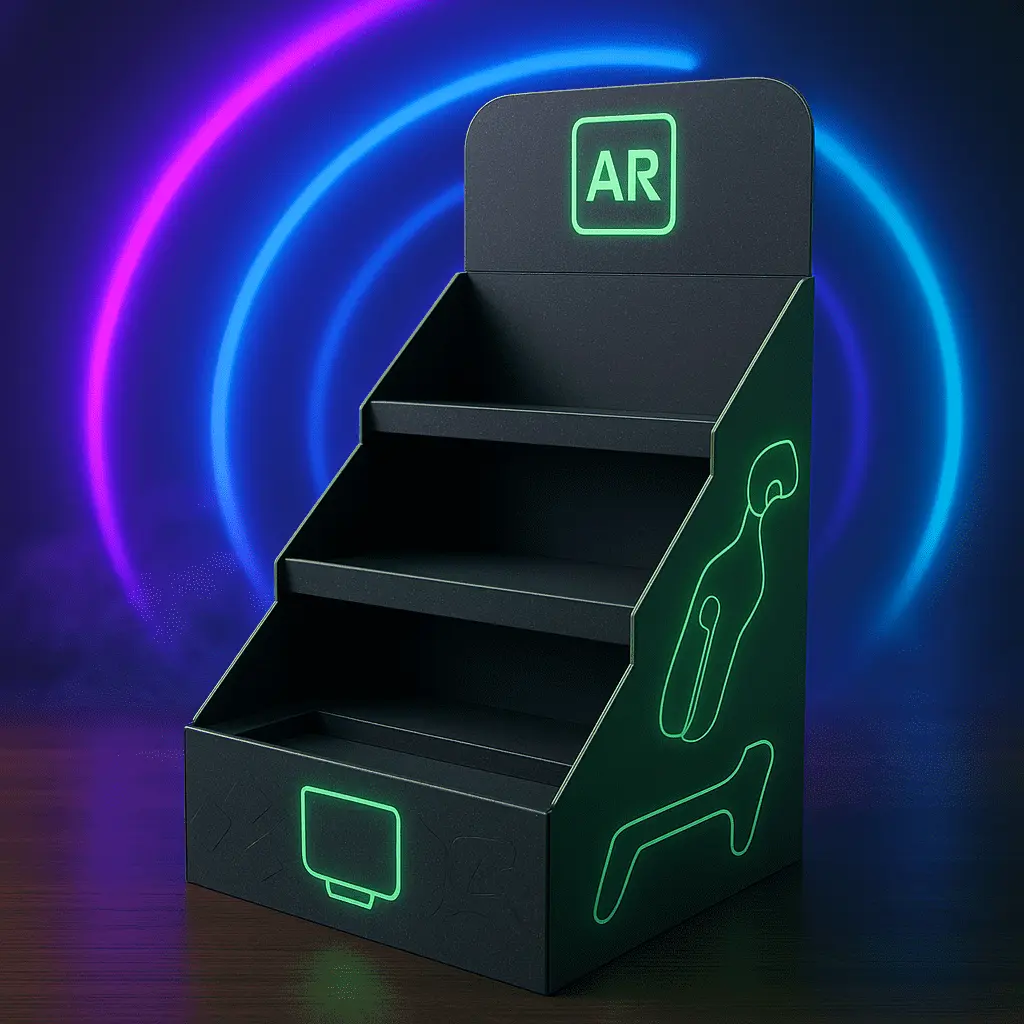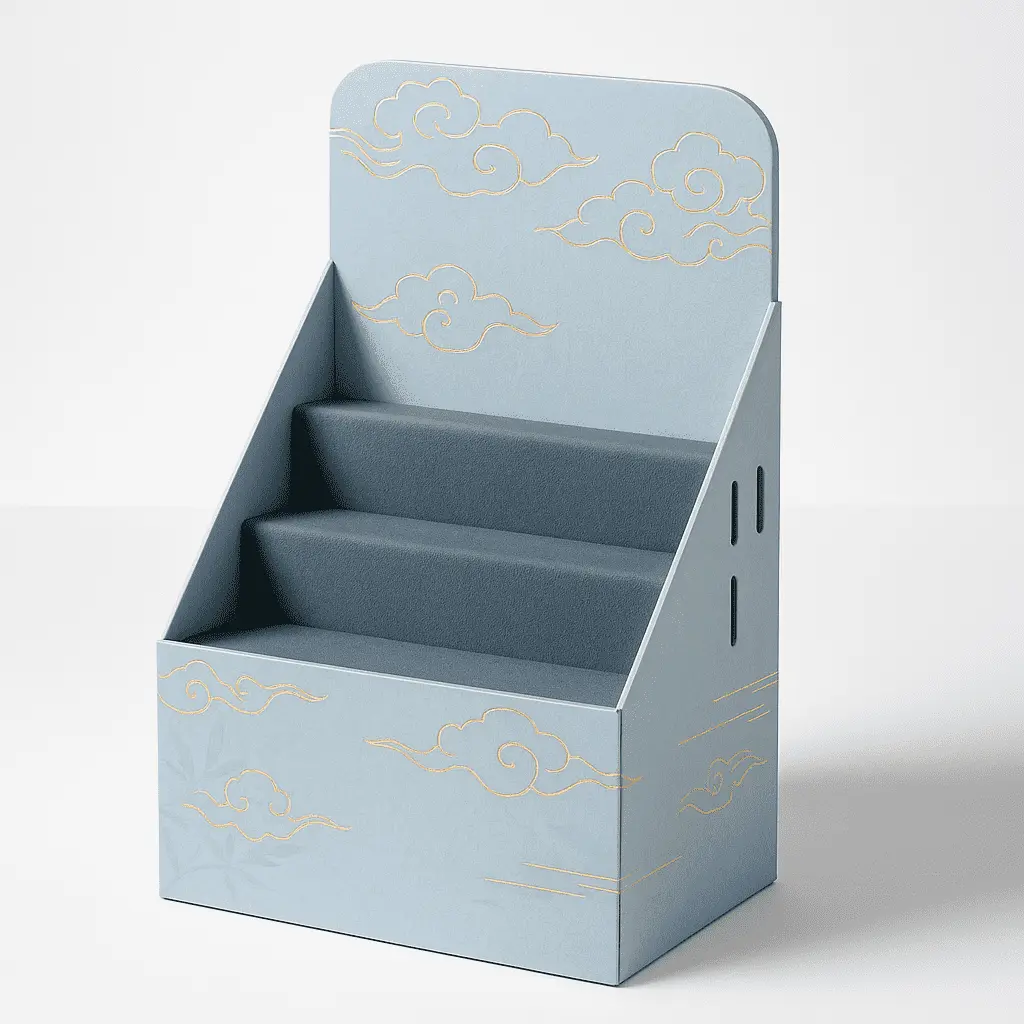The Power of First Impressions: Designing Eye-Catching Retail-Ready Packaging
Understanding the Psychology of Consumer Perception
Delving into the realm of consumer psychology reveals fascinating insights about how packaging influences purchasing decisions. The human brain processes visual information remarkably quickly, forming initial impressions within milliseconds. This rapid assessment often determines whether a product captures attention or gets overlooked. Color psychology plays a crucial role, with different hues evoking specific emotions and associations. For instance, gold and silver often convey luxury, while earthy tones might suggest eco-friendliness or natural ingredients.
Moreover, the tactile experience of packaging shouldn't be underestimated. The texture and weight of a package can significantly impact perceived value. Smooth, substantial materials often correlate with higher quality in consumers' minds. Understanding these psychological nuances allows brands to craft packaging that resonates on a subconscious level, creating an immediate connection with potential buyers.
Incorporating Brand Identity into Packaging Design
Effective retail-ready packaging serves as an extension of your brand identity, reinforcing recognition and loyalty. It's essential to maintain consistency across all touchpoints, from logo placement to color schemes. However, this doesn't mean sacrificing creativity. The challenge lies in finding innovative ways to express your brand essence while adhering to established visual guidelines.
Consider how iconic brands have successfully integrated their identity into packaging. Their designs often feature distinctive shapes, colors, or patterns that are instantly recognizable even without prominent logos. This level of brand integration creates a cohesive experience for consumers, building trust and familiarity. When designing your packaging, think beyond mere logo placement and explore how every element can reinforce your brand's unique personality and values.
Balancing Aesthetics with Functionality
While visual appeal is paramount, it's crucial not to overlook the practical aspects of retail-ready packaging. The most stunning design falls short if it fails to protect the product or causes frustration during use. Striking the right balance between form and function requires careful consideration of the entire customer journey, from shelf impact to post-purchase experience.
Innovative packaging solutions often incorporate user-friendly features like easy-open mechanisms, resealable closures, or built-in dispensers. These functional elements can be seamlessly integrated into the overall design, enhancing both aesthetics and usability. Additionally, consider how your packaging performs in different retail environments. Will it stand up well on shelves? Is it easy for staff to stock and manage? Addressing these practical concerns alongside visual design ensures your packaging excels in both appearance and performance.
Materials Matter: Choosing the Right Elements for Premium Packaging
Exploring High-Quality Substrate Options
The choice of materials for your retail-ready packaging significantly influences perceived value and actual product protection. Premium substrates like thick, textured cardstock, high-gloss finishes, or even unconventional materials like wood or metal can instantly elevate a product's status. However, it's crucial to consider sustainability alongside luxury. Many consumers now expect eco-friendly options, leading to innovations in recyclable and biodegradable materials that don't compromise on quality or appearance.
When selecting materials, consider not only visual and tactile appeal but also how they perform throughout the supply chain. Durability during shipping and handling is essential to ensure products arrive in pristine condition. Some cutting-edge options include smart materials that change color to indicate temperature fluctuations or specialized coatings that enhance shelf life. By carefully choosing substrates that align with both your brand image and practical needs, you create packaging that stands out for all the right reasons.
Innovative Printing Techniques for Visual Impact
Advancements in printing technology have opened up a world of possibilities for creating visually stunning and retail-ready packaging. Techniques like spot UV coating, foil stamping, and embossing add depth and texture, creating a multi-sensory experience that captures attention. Digital printing allows for intricate designs and even personalization, enabling brands to create limited edition or customized packaging that feels exclusive and special.
Beyond traditional methods, some brands are exploring augmented reality (AR) features integrated into their packaging. QR codes or specialized apps can bring static designs to life, offering interactive experiences that engage customers on a deeper level. While these high-tech options can be impressive, it's important to ensure they align with your brand identity and target audience preferences. Sometimes, a beautifully executed minimalist design can be just as impactful as the most elaborate printing techniques.
Structural Design: Beyond the Box
The shape and structure of your packaging play a crucial role in both functionality and aesthetics. Unique structural designs can differentiate your product on crowded shelves and provide practical benefits like improved stackability or easier opening mechanisms. Custom die-cuts, windows, or unusual shapes can create intrigue and encourage interaction with the package.
When considering structural design, think about the entire lifecycle of the packaging. How will it be transported? How does it display on shelves? Can it be easily recycled or repurposed by the consumer? Innovative designs might include built-in display features for retail-ready presentation or transformative elements that give the packaging a second life as a storage container or decorative item. By thinking creatively about structure, you can create packaging that not only protects and presents your product but also adds value to the consumer experience long after purchase.
Strategies for Shelf Impact: Making Your Product Stand Out
Leveraging Color Theory and Visual Hierarchy
Understanding and applying color theory is fundamental to creating packaging that commands attention. Different color combinations evoke specific emotions and associations, allowing you to subtly communicate your product's attributes. For example, complementary colors create vibrant contrast that catches the eye, while analogous color schemes can convey harmony and sophistication. Consider not only your brand colors but also how your packaging will appear alongside competitors on the shelf.
Visual hierarchy guides the viewer's eye through the most important information on your packaging. Use size, color, and placement to emphasize key elements like your brand name, product features, or unique selling points. Negative space, or strategic use of blank areas, can be just as powerful as busy designs in drawing focus to critical information. Remember that consumers often make split-second decisions based on packaging alone, so ensure your most compelling messages are immediately apparent.
Storytelling Through Package Design
Effective retail-ready packaging doesn't just contain a product; it tells a story. This narrative approach can create an emotional connection with consumers, differentiating your brand in a crowded market. Consider how every aspect of your retail-ready packaging can contribute to this story, from the materials chosen to the imagery and copy used. For example, a handcrafted product might use retail-ready packaging that emphasizes artisanal qualities through textured papers and hand-drawn illustrations.
Transparency is increasingly valued by consumers, and your retail-ready packaging can play a role in conveying authenticity. This might involve showcasing ingredients through clear windows or using infographics to illustrate your supply chain. Some brands are even incorporating QR codes that link to detailed product information or behind-the-scenes content, allowing curious customers to dive deeper into your brand story. By thoughtfully integrating storytelling elements, your retail-ready packaging becomes a powerful tool for building brand loyalty and trust.
Adapting to Different Retail Environments
The impact of your packaging can vary significantly depending on the retail environment. What works well in a high-end boutique might get lost in a busy supermarket aisle. Consider creating adaptable packaging designs that can be easily modified for different contexts without losing brand consistency. This might involve developing a range of sizes or creating modular display units that can be configured to suit various retail spaces.
Lighting conditions in stores can dramatically affect how your packaging is perceived. Colors that pop under bright lighting might appear dull in softer illumination. When designing, test your packaging under various lighting conditions to ensure it maintains its impact. Additionally, consider how your product will be displayed - will it be at eye level, or does it need to attract attention from lower shelves? Understanding these variables allows you to optimize your packaging design for maximum visibility and appeal across diverse retail settings.
Conclusion
Creating premium retail-ready packaging is an art that combines aesthetics, functionality, and strategic thinking. By focusing on first impressions, carefully selecting materials, and implementing impactful design strategies, brands can significantly enhance their product's perceived value and shelf appeal. Remember that successful packaging tells a story, adapts to various retail environments, and creates a memorable experience for the consumer. As packaging technology and consumer preferences evolve, staying innovative and responsive to market trends will be key to maintaining a competitive edge. Ultimately, investing in high-quality, thoughtfully designed packaging is an investment in your brand's future success.
FAQs
1. What makes packaging "retail-ready"?
Retail-ready packaging is designed to be easily identifiable, simple to open, and efficiently displayed in stores. It often includes features like easy-open perforations and clear branding visible from multiple angles.
2. How can I make my packaging more sustainable without compromising on premium look?
Consider using eco-friendly materials like recycled papers or biodegradable plastics. Minimalist designs that reduce material usage can also convey a premium, environmentally conscious image.
3. Is it worth investing in custom packaging shapes?
Custom shapes can significantly differentiate your product, but consider production costs and practicality. Sometimes, unique printing techniques on standard shapes can be equally effective and more cost-efficient.
Elevate Your Brand with Premium Retail-Ready Packaging | Fetching Printing
At Fetching Printing, we specialize in creating bespoke retail-ready packaging solutions that elevate your brand. Our expert team combines cutting-edge technology with creative design to produce packaging that stands out on shelves and resonates with consumers. As a leading packaging supplier and manufacturer, we offer customized solutions tailored to your specific needs. Experience the difference premium packaging can make for your product. Contact us at support@fetchingprinting.com to start your packaging transformation today.
References
Smith, J. (2022). The Psychology of Packaging Design: Consumer Perceptions and Behaviors.
Green, A. (2021). Sustainable Materials in Modern Packaging: Balancing Eco-Friendliness and Luxury.
Johnson, R. (2023). Color Theory in Retail: How Hues Influence Purchasing Decisions.
Brown, L. (2022). Innovative Printing Techniques for Premium Packaging.
Davis, M. (2023). Structural Packaging Design: Form, Function, and Consumer Appeal.
Wilson, K. (2021). Retail-Ready Packaging: Optimizing for Store Environments and Consumer Interaction.
